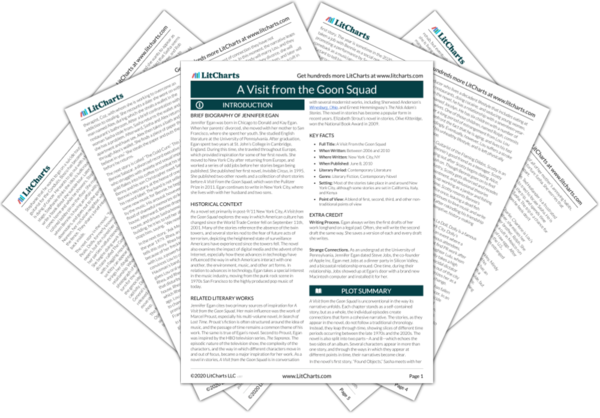Drew’s presence in the community is different than the way he is perceived by his family. Though he connects well with others socially, he struggles to find real closeness in his own family. Lincoln, who is autistic, struggles to connect with others and must find a roundabout way to express his love for Drew. His strange logic fails to register for Drew, however, and Drew’s comment that it is “good to know” suggests he totally misses the point. The pause in this moment is packed with meaning, holding the emotion that Lincoln tries, but ultimately fails, to express.
